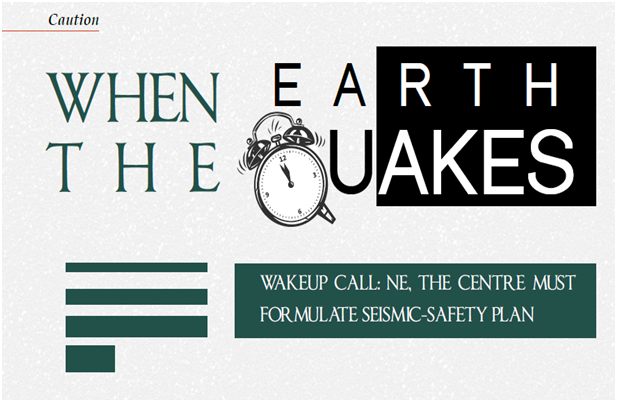- Parent Category: 2020

India attained freedom from the British Raj on August 15, 1947 after being ruled by them for over two centuries. On 15 August 1947, the first Prime Minister of India, Jawaharlal Nehru raised the Indian national flag above the Lahori Gate of the Red Fort in Delhi.
But the independence of our country coincided with the partition of India, in which the British India was divided along religious lines into the Dominions of India and Pakistan.
In the year 1947, Lord Mountbatten released the 3 June Plan on partition of India as legislature representatives of the Indian National Congress, the Muslim League, and the Sikh community came to an agreement with Lord Mountbatten. Nobody who agreed to the plan realised that partition was unleashing one of the worst calamities of the 20th century. As per this plan, 'The Independence Act' of 1947 was implemented. This was the last plan for independence.
Add a comment Read more: Reliving the Independence Day of 1947




